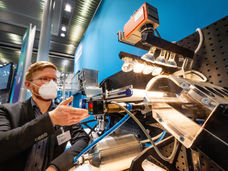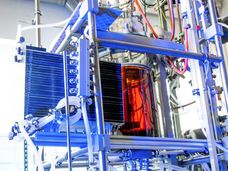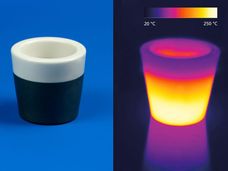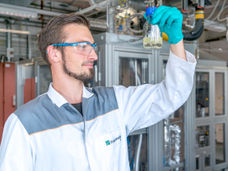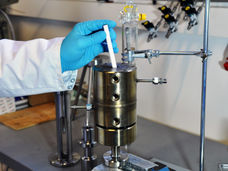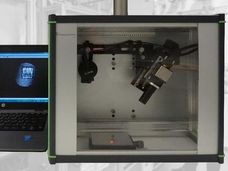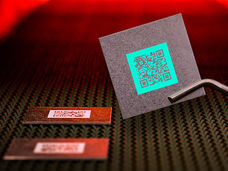FILTER
Refine your search with the following facets to narrow down your results.
- Fraunhofer-Institut für Keramische Technologien und Systeme (IKTS) 14
- Fraunhofer-Gesellschaft zur Förderung der angewandten Forschung e.V. 10
- Fraunhofer-Institut für Betriebsfestigkeit und Systemzuverlässigkeit LBF 1
- Fraunhofer-Institut für Grenzflächen- und Bioverfahrenstechnik (IGB) 1
- Fraunhofer-Institut für Hochfrequenzphysik und Radartechnik FHR 1
